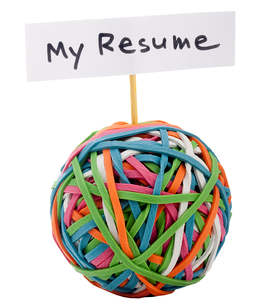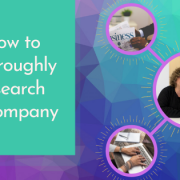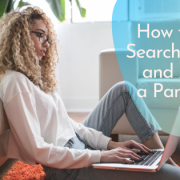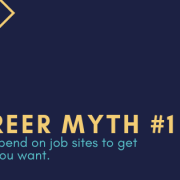Resumes vs. LinkedIn Profiles
Resumes - etc. I started this blog post a few weeks ago. In one week, I had basically the exact same “LinkedIn versus resume” conversation with almost everyone that I met. Note to self: When you have the same conversation more than once, it usually means you have a blog topic at hand.
I started this blog post a few weeks ago. In one week, I had basically the exact same “LinkedIn versus resume” conversation with almost everyone that I met. Note to self: When you have the same conversation more than once, it usually means you have a blog topic at hand.
One of the people I follow on LinkedIn is Lindsey Pollak, and when I was starting to blog about resumes and LinkedIn, she posted this article on the same topic: LinkedIn Profiles vs. Resumes: What’s the Difference?
“Ugh,” I said when I saw the title. She scooped my idea. And according to a recent series of workshops I did with a blogging “rock star,” if you’re not blogging about something unique, no one is going to read it. So I did what any grown professional would do: I pouted. Then I read Lindsay’s article.
Surprise! Same topic, different information. So I’m breaking all the rules by not only blogging about the same topic, but giving it a similar title. So if you’re reading this, thank you for proving the experts wrong. Or maybe you’re just curious to see where I’m going with this. I won’t keep you in suspense any longer. Here are the differences I point out to my clients, based on their questions:
Casual: LinkedIn profiles are written in a more casual, succinct style. Not unprofessional, just less stiff and formal. It’s the difference between a formal letter and an email note. The overall tone is friendlier. Imagine giving a peer a run-down of your credentials and experience. That’s how your LinkedIn profile should sound.
Try this test: Imagine someone reading it aloud while publicly introducing you. At no point during the introduction should you cringe or feel awkward.
Personality or personal brand focused: What makes you unique? Does that come through in your LinkedIn profile? It doesn’t have to be flashy (LinkedIn is full of big personalities. Authenticity and real will serve you very, very well), but it should connect your professional dots in the summary so connections understand your career progression in a few sentences.
And for goodness sake, don’t feel like there is some sort of standard that you have to adhere to. Use common sense. Make your profile approachable, yet professional. Is it complete without being overwhelming? How’s your photo? Don’t go overboard with fluffy adjectives or personality descriptors. Strive to use one word instead of three.
Dynamic: LinkedIn allows you to change your profile as your career evolves. We’re conditioned to just update our resumes when we have a need. Resumes are static, fixed in time. The cool thing is that LinkedIn profiles can morph as you do and instanteously, your profile is updated and fresh. Think beyond the section that describes your experience – if you don’t add a new job, that section may need to be a bit static.
- Instead, add connections on a regular basis.
- Contribute to conversations which show up in your connections’ “updates” feed.
- Add an interesting project you’re working on.
Even if you aren’t in an active job search, don’t get lazy with your LinkedIn profile. The point here: Having a stale LinkedIn profile automatically makes you less approachable. If you want opportunities to find you, you’re going to have to be approachable.
Level of detail: Because LinkedIn is a less formal version of your resume, the level of detail you provide is different. Instead of including all of your work accomplishments, provide a summary of your main role or your expertise/focus. Unlike targeting your resume to a specific job posting, LinkedIn is a snapshot of your professional background. Was your first job a receptionist at a law firm? If so, is there anything else you need to say about this? We all know what a receptionist does so you can probably leave it at that.
OK. Next I’m going to edit my own summary and share with you how to write a summary that will make you feel good about yourself and your background. Without being schmaltzy.




